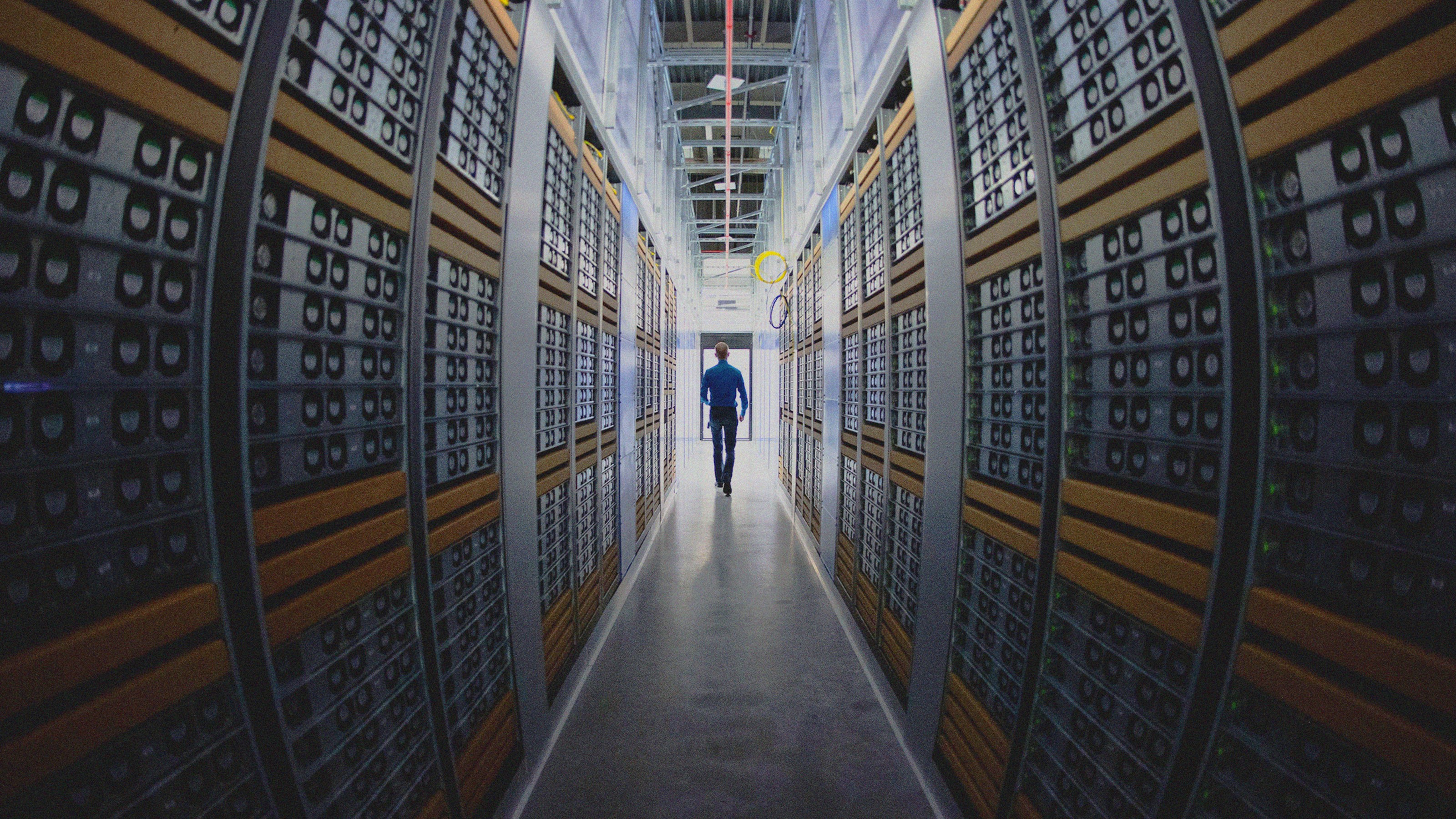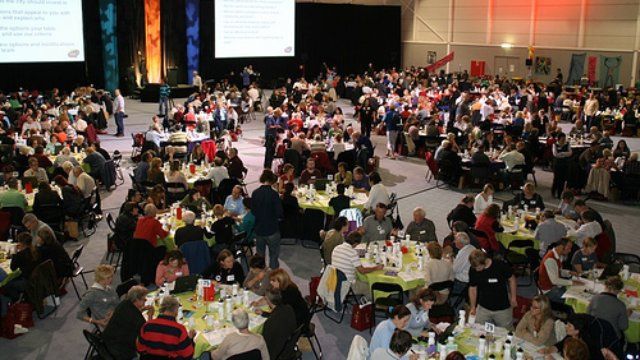Make All Your Christmas Presents at Home

While Americans rush en masse to Wal-Mart and other retail outlets on this traditional “Black Friday” start to the holiday shopping season, why not just make presents for your loved ones at home?
There was a time when making a gift at home meant knitting a sweater. You can still do that if you wish, but in five years, you could quite painlessly manufacture all kinds of presents like toys, bowls, and lamps at home. How? By using a special printer in which you can print almost any 3D object. A 3D printer looks like an oven and is connected to a computer. If you want to make a plastic bowl, for instance, you’ll buy the bowl’s design or make it yourself using a software program like Autocad. Then, when you press “print”, the 3D printer will create the bowl by dripping pieces of plastic layer by layer to the exact specifications of your design. When printing is complete, you will open the door and voila! your beautiful bowl awaits you. You have to admit it beats your 2D printer in which the most you can do is print out a picture of the object in color.
Take a look at this astonishing NY Times video for the way in which 3D manufacturing works:
So what happens in a world where you can pretty much manufacture almost any everyday object at home? There will be some winners and some losers. Designers will become rockstars; after all, apart from a one-time payment for the printer and periodic investment in materials, you will will spend the bulk of your money buying the blueprint of an object. For example, when you purchase a toy on Amazon, you will in fact buy and download an encrypted design document from which you can print out the toy at home. We’ll probably see a rise in small Mom and Pop stores that can design beautiful personalized objects for people now that the cost of producing just a few items of a kind will be extremely cheap. If you’re considering a career change, desktop design may be a good field to consider.
If you flip over your iPhone, you’ll notice it says “Designed by Apple. Manufactured in China.” This will one day read, “Designed by Apple. Manufactured at Home.” But then what will happen to China’s manufacturing treasure chest, which is filled by low-cost workers shipping the likes of 140,000 iPhones to the US every day? China and other industrial design factories will have to seriously rethink their strategy to survive in a world where even replacement parts will be printed at home. The factories creating 3D printers and materials will meanwhile thrive as demand spreads like wildfire amongst consumers.
Clearly the planet will be a greener place because energy will not be wasted transporting objects. Consumers will never have to pay “Shipping and Handling” fees again. This might have a negative effect on the revenue of transportation companies and petroleum prices in the long run.
Some people have expressed concern that copyright and patents of digital designs will be difficult to maintain. This is a valid concern. In the beginning, we’ll probably see the equivalent of what Napster was for digital music: a peer-sharing platform where people will distribute copyrighted blueprints for free. In this case, designers, like musicians before them, will see a dip in profits. Eventually, however, an iTunes for digital designs will be created. Just as Napster was shunned for its legal liabilities and substituted with the low-cost convenience of iTunes, we’ll see the digital design market also stabilize without constant copyright infringement.
The endless convenience of home manufacturing means that instant gratification will take on a whole new meaning. It might spark a consumption mania we haven’t seen in a long time. Think about it. Do you buy a lot more books now that you can have them on your Kindle in a few seconds? If you do, then you are in danger of falling in love with your 3D printer. It might be best to put the printer in a room and give the keys to your mother-in-law for a while.
So how far are we from a world of home manufacturing? 3D printers already exist. The cheapest 3D printer today is about $5000. If you don’t want to invest in one, you can hop over to a hacker space in your city and “print” some objects there (NYC Resistor in New York has a makerbot). The 3D printer can use a variety of materials including plastic, powder, and steel. For digital blueprints and ideas, take a look at thingiverse. If you have any doubt that this is absolutely real, visit the phenomenally popular Maker Faires that have taken place in San Francisco and New York this year; thousands of enthusiasts have come to show off their home manufactured objects here. And in case you think 3D printing is only for dinky little objects, check out the car that was printed in 3D.
But coming back to the more important topic of the day: Christmas shopping. Don’t we all just dread those lines, the crowds, the fighting over items on sale … no wonder we keep putting Christmas shopping off. Wouldn’t it be nice if our printer just made everything while we slept? A 3D printer can. Maybe that’s the real reason they also call them fab printers!
Ayesha and Parag Khanna explore human-technology co-evolution and its implications for society, business and politics at The Hybrid Reality Institute.





